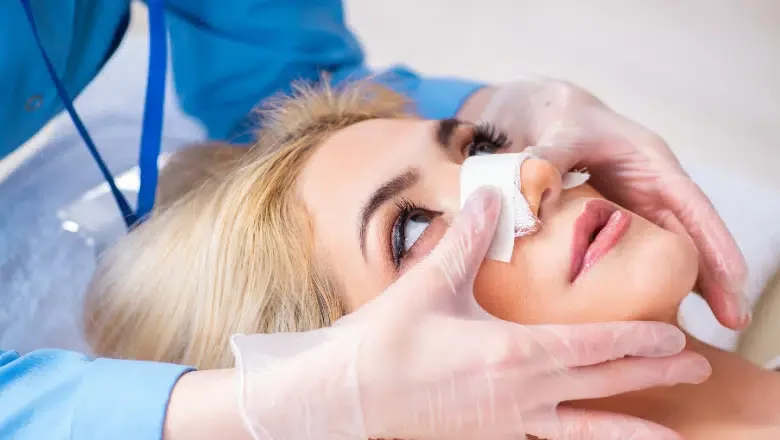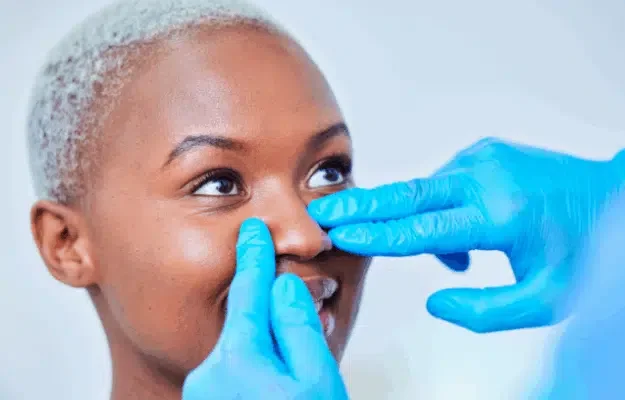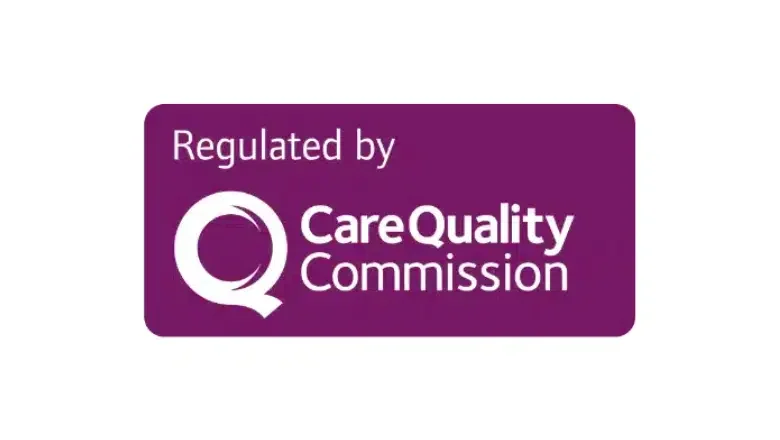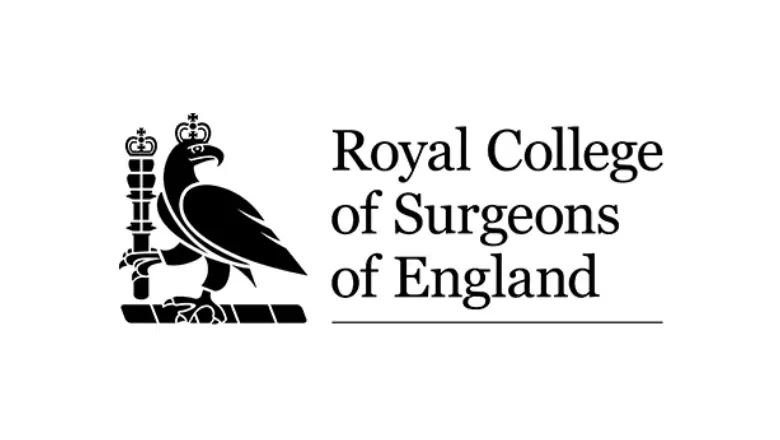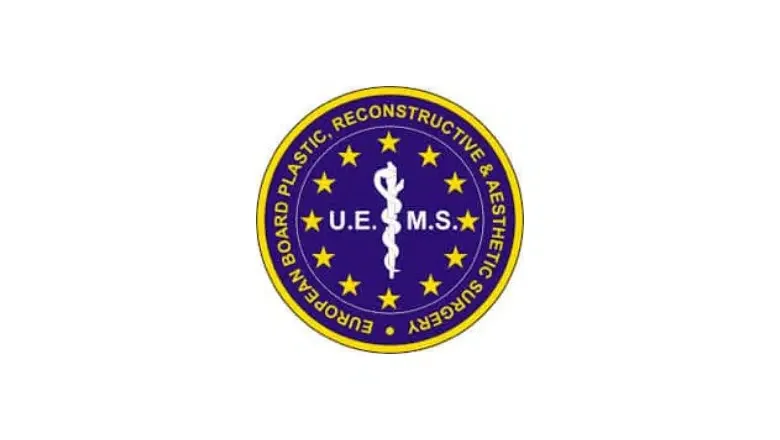When you’re considering having any surgical procedure, it is important to know what the recovery period will be like. You will need to know how much time you will need to take off work, how long it will take to be able to see the results of the procedure and when you can resume your normal day-to-day activities. This is particularly important for rhinoplasty, as the nose is such a prominent feature of the face.
What is rhinoplasty?
A rhinoplasty is a surgical operation to resize and reshape the nose. This is often done to improve the aesthetic appeal, as the result of an injury that has changed the nose’s shape, or because of breathing difficulties. You can either have a closed or open rhinoplasty. A closed rhinoplasty will involve cuts being made within the nose, while an open rhinoplasty will involve a small incision in the area between the nostrils, with stitches being used afterwards.
What to expect during rhinoplasty recovery?
The most important thing to realise is the recovery period for rhinoplasty will vary from one person to the next. One person may have a quick recovery with few side effects, while it may take longer for another. However, we are able to offer a general guideline of what you can expect following your procedure.
After the rhinoplasty
Directly after having your rhinoplasty, it is normal to experience some mild to moderate pain and discomfort. This can be managed with pain medication – your surgeon will be able to recommend the right medication for you to take. Pain should start to get better after 72 hours. If it gets worse after this time period, make sure to contact your surgeon.
After surgery, you will notice bruising and swelling, which will get worse after the second day. You will notice swelling around the eyes and nose. The amount of bruising will vary – some people may experience bruising under the eyes, and even in the cheeks, and others may have minimal bruising. This will also vary depending on how much work was done to the nose and what method was used during the rhinoplasty.
The first week
After the first week, you will no longer be experiencing severe pain and discomfort. You will also notice the bruising has gone and swelling has reduced, although it is common for swelling to still be present at this point.
For the first week, you will be required to wear a cast on your nose. For the first three days, you will also be required to wear some gauze tape under the cast – this will catch any excess fluid or blood that will drain from the nose. This dressing may have to be frequently changed across the first few days. During this period, it is common to feel congested and have difficulty breathing through the nose. This will begin to improve after the first week.
While the pain will have decreased, you may still experience stiffness or numbness in the nose. This will improve once the splint has been removed. You may also experience some changes to your sense of smell – this is a completely normal reaction to a rhinoplasty. This can last anywhere from two to six weeks.
It is generally expected that patients will take the initial week off work in order to properly recover.
The second week
During the second week of recovery, you will experience a further reduction in any bruising and swelling. If you had an open rhinoplasty, you will notice the dissolvable stitches will start to come out.
If your job does not require any physical labour or heavy lifting, you will be able to return to work in the second week of recovery. However, there will still be noticeable signs of surgery. If you are uncomfortable with people seeing any bruising or swelling, or you have a job that involves lots of physical labour, it is recommended that you take the second week off work.
It is normal to still experience some numbness during this period. However, you will have less trouble breathing through your nose.
The third week
Your usual daily routine can start to return to normal. You can begin to undertake most forms of exercise again. While you can resume your exercise regime, you will still have to avoid any contact sports for about eight weeks. This gives the nose enough time to heal correctly without being accidentally bumped or injured.
By this stage in recovery, many people will choose to return to work. You will also be able to wear glasses again and start to drive.
How to speed up recovery after rhinoplasty
Some people will want to ensure that recovery happens as quickly as possible. This is particularly important if you are unable to take two weeks off work.
Things you can do to help speed up recovery include:
- Ice: for the first three days after surgery, you should apply an ice pack to the bridge of your nose. This will help to alleviate any swelling.
- Nose blowing: you will need to resist the urge to blow your nose for the first few weeks, as this may cause further bleeding.
- Sleep: in the initial few days of recovery, ensure you get as much rest as possible. Ensure you do not sleep on your face and sides. Instead, use multiple pillows and keep your head elevated. This will help to reduce the swelling on your nose.
- Sun: for the first six months following the procedure, you will need to take extra precautions when you are outside in the sun. Make sure you apply sunscreen, wear a hat to keep your nose in the shade and try to avoid any unnecessary sun exposure.
